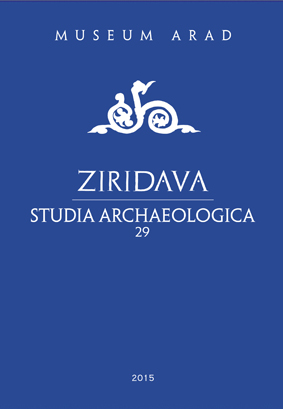The archaeological research state of the 9/10–11th
centuries in Moldova (Romania). Some thoughts on
funerary places and stray finds (axes)
The archaeological research state of the 9/10–11th
centuries in Moldova (Romania). Some thoughts on
funerary places and stray finds (axes)
Author(s): Erwin GállSubject(s): Archaeology
Published by: Editura Mega Print SRL
Keywords: Moldova (Romania); 9/10–11th centuries; funerary places; stray finds; axes
Summary/Abstract: The archaeological research of the 10th–11th century Moldova is really backward for manyreasons. For this reason, in this paper could only aim to set up a chronological order of the finds. Therelative chronological system used in the Carpathian Basin and in parts of Bulgaria and in some aspectsin whole Central-Eastern Europe is to be applied to the finds from Moldova, which has certain limitationsand poses certain threats, but at the moment we cannot see a better point to start from. On thebase of the relative chronological system used in other regions in the Eastern Europe we can classificationthe funerary places and the stray finds in 3 chronological groups. However, we have to emphasizethat the funerary places/graves have been found in Eastern Moldova and the axes as stray finds, in thelargest quantities, were found in Western Moldova. What does this archaeological data base mean? Doesit indicate a difference in life style or manifestation a cultural difference? These are the great questions ofthe research in the future.
Journal: Ziridava. Studia Archaeologica
- Issue Year: 29/2015
- Issue No: 1
- Page Range: 313-332
- Page Count: 19
- Language: English

